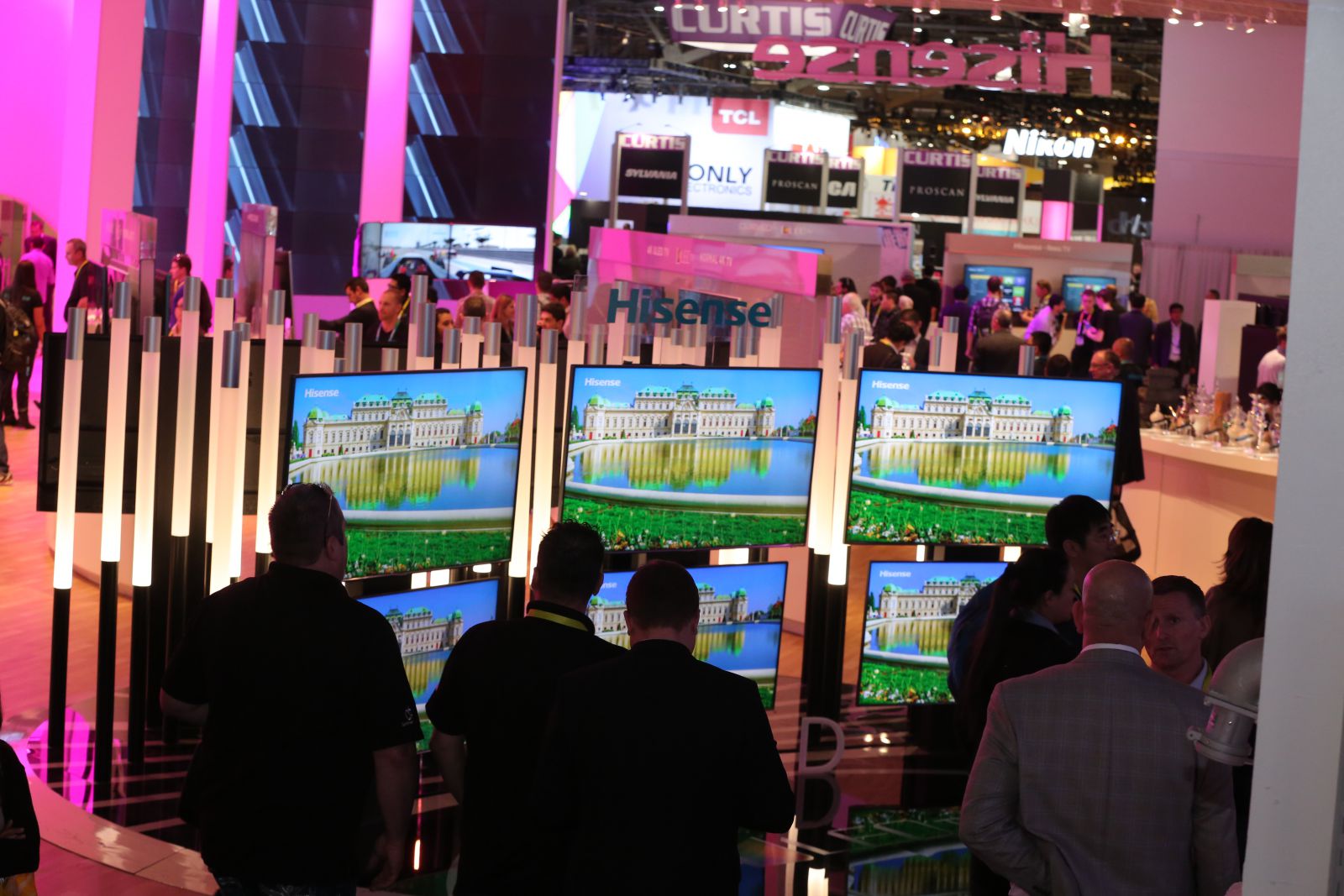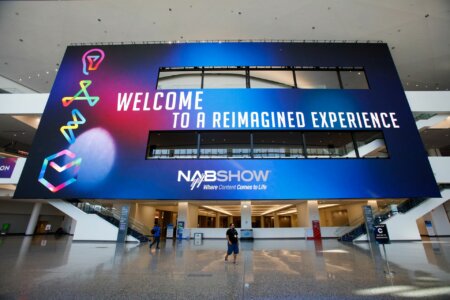Last week, the infamous Consumer Electronics Show (better known as CES) took place in Las Vegas. While it’s not an event that many vendors like ourselves in the media industry attend, it is a show that we watch carefully – acknowledging that our customers’ business is consumer-led, and that innovation in consumer electronics will often drive our customers’ future needs.

Of course, the big highlight from CES this year was wearable technology for pets (or if you’re my mother-in-law, the new automated sewing machine from Brother). But amongst the wearable, virtual reality and Internet of Things technology making the CES headlines, there are one or two trends that will undoubtedly follow on to conversations back in Las Vegas, in April, at NAB.
Although there were incremental advancements in 4K technology and content availability/distribution, HDR dominated the CES announcements in video. High Dynamic Range (explained rather wonderfully here by David Wood), is not new, but with providers like Netflix committed to bringing HDR to consumers, and even stating that HDR will make a greater difference to viewers than more pixels, it’s pretty clear that this trend is going to gain traction with consumers.
Now for that bit from Netflix. Chief product officer, Neil Hunt, told The Telegraph, “With 4K, there are enough pixels on the screen that your eyeball can’t really perceive any more detail, so now the quest for more realism turns into, can we put better pixels on the screen? […] I think that’s actually a more important quality improvement to get to the brightness and detail in the picture than the 4K is by itself.”
It’s no coincidence that while Netflix is making these statements, other players are launching rival services and following suit, not only responding to the trend of “cord-cutting” but looking at ways to deliver UHD (Ultra High Definition) content and expand markets. In fact, some of the industry’s biggest players are teaming up to make UHD content (which will soon incorporate HDR) transparent to consumers while establishing open and flexible standards that will make the oft-talked about ideals and features of UHD a consistent and sustainable reality.
Dubbed the UHD Alliance, founding members include Technicolor, DirecTV, Dolby, Netflix, Panasonic Corporation, Samsung Electronics Co., Ltd., Sharp Corporation, Sony Visual Product Inc., The Walt Disney Company, Twentieth Century Fox and Warner Bros. Entertainment. (Learn more about the UHD Alliance in the official press release from Technicolor).
Which brings us to standards. For content produces, owners and distributors, new distribution methods, formats and expanding markets can only mean one thing: more versions.
Looking ahead to NAB, this is the common theme that will run through announcements and demonstrations at the show, resulting in:
- Enhancements to encoders to create versions faster, with higher quality and lower bit rates – relating to new codecs, new technologies for encoding or simply new operating points
- Wider adoption and implementation of international and local standards for multi-version creation and file-based media delivery such as IMF or UK-DPP formats
- Tools and workflows for smart management of multi-version media assets
Like CES, it’s possible that for the media industry at NAB 2015 we may not see any groundbreaking innovation – but I’m sure we’re going to see vendors like ourselves using technology to improve the business of creating, managing and distributing content.
Featured in: File-Based Workflows | HDR | IMF | Industry Insights | Transcoding |




